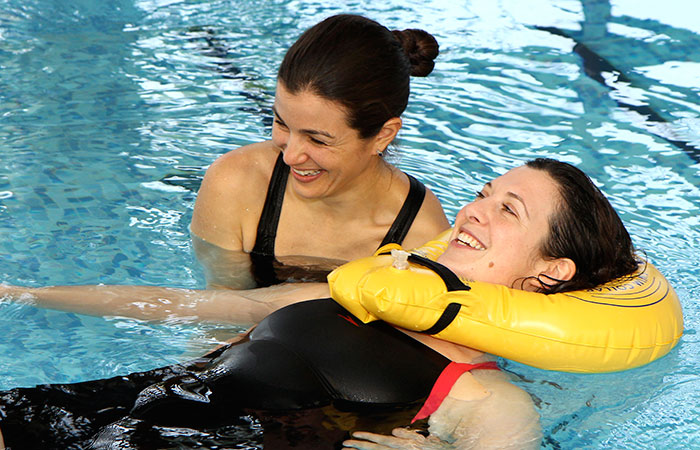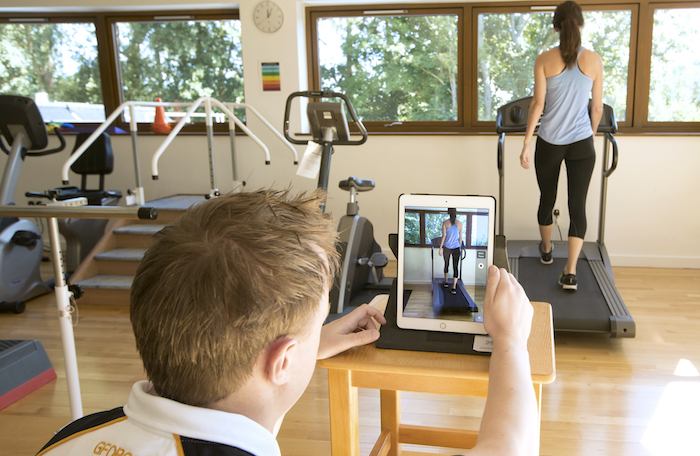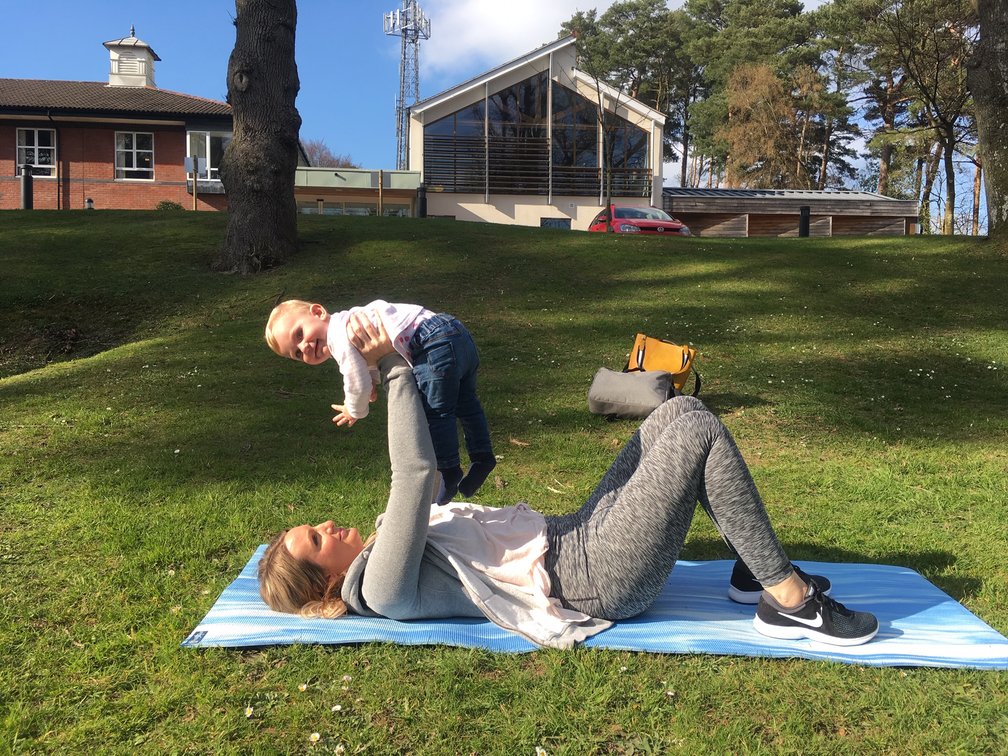If you have pain in your hip, you could be suffering from Gluteal Tendinopathy.
Gluteal Tendinopathy typically presents as pain over the greater trochanter, which is the bony lump felt at the side of your hip. Symptoms may spread into the outside of the thigh and knee and it is commonly misdiagnosed as hip joint pathology or sciatica.
What causes Gluteal Tendinopathy
Most recent theory suggests that although tendons are well suited to manage tension and compression, the combination of both types of load simultaneously and excessively can cause the tendon to react by swelling. This increase in tendon size from swelling, can lead to more compression and usually results in pain. Long term overload of the tendon can cause disrepair and eventually degeneration.
What aggravates Gluteal Tendinopathy
The key variable appears to be hip adduction which is moving the leg across the midline. The midline is an imaginary line down the centre of the body, that separates the left and right halves of the body. If the hip is flexed as well as adducted this can add to the aggravation.
If you have Gluteal Tendinopathy, it's likely that your symptoms will include pain with crossing your legs and with climbing stairs or hills, even just with single leg balance if your pelvic control is poor. Each case is different though and in milder cases these may be fairly pain free.
For runners it's likely to be painful during the impact phase of running when your foot strikes the floor and your body weight moves over the foot. Running on a camber (such as on the side of the road) can exaggerate this hip adduction and aggravate symptoms further, in some cases even walking on a camber will be painful.
One other key characteristic with Gluteal Tendinopathy is pain when lying on your side. Unfortunately, it can be painful on either side making sleep very difficult. The issue is if you lie on your painful side there is likely to be some direct compression of the gluteal tendons. If you lie on your good side the bad leg is uppermost and often falls into adduction and flexion. Considering we spend some hours sleeping this can be a significant source of aggravation for the tendon.
Who is most at risk
Gluteal Tendinopathy is more common in women than men and is particularly common in post-menopausal women. Leg length discrepancy and spinal scoliosis have also been associated with the condition.
Do I have Gluteal Tendinopathy?
Diagnosing Gluteal Tendinopathy is not straightforward – the hip is a complex area and there are a host of other potential diagnoses.
If you have persistent pain in the hip region, please contact us to book an assessment.
This fact file is a modified version of an article written by Tom Goon, the running physio.




